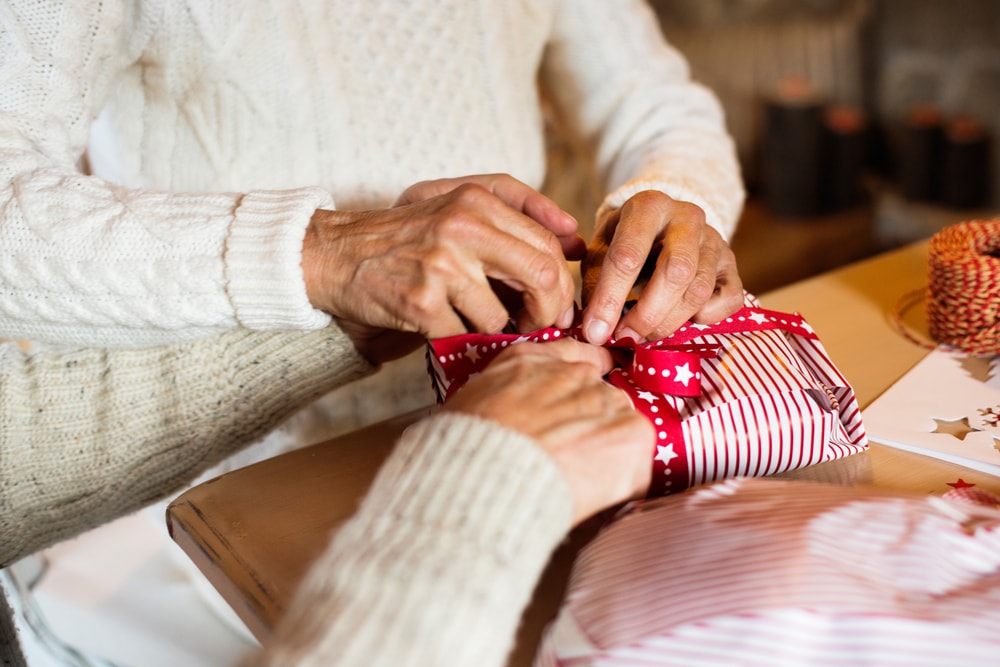
Do you remember being a teenager and going through acne, mood swings, friendship drama, and all the rest? Imagine if you were going through all that plus grieving the loss of a loved one. You may want to shelter your teenager from death and the hard things of life, but it’s simply not possible. Instead, help them learn how to deal with their emotions and implement healthy habits for grieving.
Giving your teenager a book that will help them understand what they’re feeling and why will help them better understand grief and will give you an opportunity – as parent or caregiver – to have open and honest conversations about loss and how to grieve well.

Below, you will find a series of books appropriate for teenagers that focus on grief, loss, and dealing with death. While they are certainly not the only books available, they will give you a place to start.
Let’s begin!
When a Friend Dies: A Book for Teens about Grieving & Healing by Marilyn E. Gootman Ed.D.
When a Friend Dies helps to answer common questions teens may ask themselves after the loss of a friend, including “How should I be acting?” and “Is it wrong to still have fun?” and “What if I can’t handle this on my own?” Sensitive, gentle, and compassionate, this book includes advice from the author based on her own experience helping teens through grief as well as quotes from real-life teenagers who have experienced grief. This is a realistic, straightforward, and easy to understand resource that will help your teen through the loss of a friend.
Click here to view the book.
Weird is Normal: When Teenagers Grieve by Jenny Lee Wheeler
Written by a teenager after the loss of her father to cancer, Jenny Lee Wheeler recounts her own struggle to deal with grief and loss when she was just 14 years old. With a fresh perspective for her peers, Wheeler helps teens understand some important fundamentals of grief, including that grief is natural, it takes time, and there’s no easy or right way to grieve. For a slightly different take on what it means to grieve as a teen, take a look at Wheeler’s story.
Click here to view the book.
Help for the Hard Times: Getting Through Loss by Earl Hipp
Thoughtfully written and engaging, Earl Hipp draws on his background and experience as a clinical psychotherapist to discuss the losses young people experience. In this book, he gives teens the tools they need to grieve, to explore and articulate difficult feelings, and to find a way to move toward healing and reconciliation. With several books in print and more than a quarter million copies sold, Hipp is a respected voice in the grief care world.
Click here to view the book.
Grieving for the Sibling You Lost: A Teen’s Guide to Coping with Grief & Finding Meaning after Loss by Erica Goldblatt Hyatt
Losing a sibling at any age can be devastating but can be doubly so for teens who are still developing grieving techniques. In this compassionate guide, Hyatt helps teens identify their coping style, deal with overwhelming emotions, and find constructive ways to process the loss they feel. Whether your teen is dealing with loneliness, depression, anxiety, or some other deep emotion, this book will help them work through negative thoughts and find their way toward healing and new purpose.
Click here to view the book.
Grief Recovery for Teens: Letting Go of Painful Emotions with Body-Based Practices by Coral Popowitz
As the Executive Director of Children’s Grief Connection, a grief camp focused on helping children, teens, and their families process loss, Coral Popowitz brings years of experience with trauma and grief to the table in her helpful guide for dealing with the physical aspects of grief and loss. Grief brings feelings of sadness, loneliness, and even fear, but did you know that these emotions can also greatly affect your body? With sensitivity and care, Popowitz will help your teen understand the connection between the mind and the body and how body-based practices can help relieve the physical symptoms of grief.
Click here to view the book.
Healing Your Grieving Heart for Teens: 100 Practical Ideas by Dr. Alan Wolfelt
As a nationally respected grief counselor and educator, Dr. Alan Wolfelt often says, “When words are inadequate, have a ritual.” In this insightful read, Wolfelt breaks down some of the basics of grief and offers teens a series of healing activities that will help them express their grief in a healthy way and mourn naturally. The thoughtful ideas are targeted at helping young people process through difficult emotions and learn how to release their grief in a way that is healthy and positive so they can find healing and continued meaning in life.
Click here to view the book. To see an accompanying journal (not required), click here.
Straight Talk about Death for Teenagers: How to Cope with Losing Someone You Love by Dr. Earl Grollman
This classic book on grief for teenagers is still read and much lauded to this day. From award-winning author Dr. Earl Grollman, this book helps teens understand what is normal when you grieve, explains what teens can expect as they move through the grief journey, and offers helpful tips for coping with the emotions that accompany losing a loved one. A quick read, the book is divided into sections focusing on the early days of grief, facing the immediate future, learning to cope, and rebuilding your life. Down to earth and easy to read, this book is sure to help your teen work through the complexities of grief and find a firm foundation for moving forward.
Click here to view the book.
You are Not Alone: Teens Talk About Life After the Loss of a Parent by Lynne Hughes
Losing a parent is one of the most isolating and frightening experiences that a young person can face. Written specifically for teens grieving the loss of a parent, Lynne Hughes draws on her experience as the director of a bereavement camp to share words of reassurance and coping strategies. Using testimonials from teens she has worked with, Hughes brings the grief struggle to life, offering teens a look into the struggles of their peers as they discover what works and what doesn’t on the journey toward healing. If you know a teen who is struggling with the loss of a parent, look into this helpful resource and see if you think it might help.
Click here to view the book.
Living When a Young Friend Commits Suicide: Or Even Starts Talking About It by Dr. Earl Grollman
Another grief classic by Dr. Earl Grollman, this book focuses specifically on suicide loss. In the last few decades, the suicide rate amongst young people has increased, so the likelihood that your teen may lose someone they love to suicide is higher than ever before. In this sensitive read, Dr. Grollman offers solace and tender guidance to teens who are confronted with traumatic suicide loss at such an early age.
Click here to view the book.

The final book on the list is actually a resource for parents and caregivers as you work to help your teen identify and express their feelings in a way that is healthy and productive.
Teen Grief: Caring for the Grieving Teenage Heart by Gary Roe
A winner of the 2018 Book Excellence Award, this book was called “an invaluable resource for parents, teachers, coaches, ministers, and anyone who has a teenager they love and want to help.” No matter what type of grief your teen is facing – divorce, rejection, violence, abuse, illness, disability, death of a loved one – this book will help you:
- Understand how your teen is viewing the loss and how deep the pain goes
- Support your teen as they work through anxiety, depression, guilt, fear, and other emotions
- Learn how to walk with your teen and be a safe person
- And more!
With this resource at your fingertips, you will have a comprehensive guide as you help your teen navigate through the losses of life and find healing.
Click here to view the book.

While these books do not guarantee success or that your teenager will be able to process their grief quickly, they will serve as helpful resources on the journey toward healing. Grief takes time. Give your teen the time and loving support they need to process the difficult emotions they feel. As they do the work of grief and express what they feel, they will find a way to move forward into a healthy future.













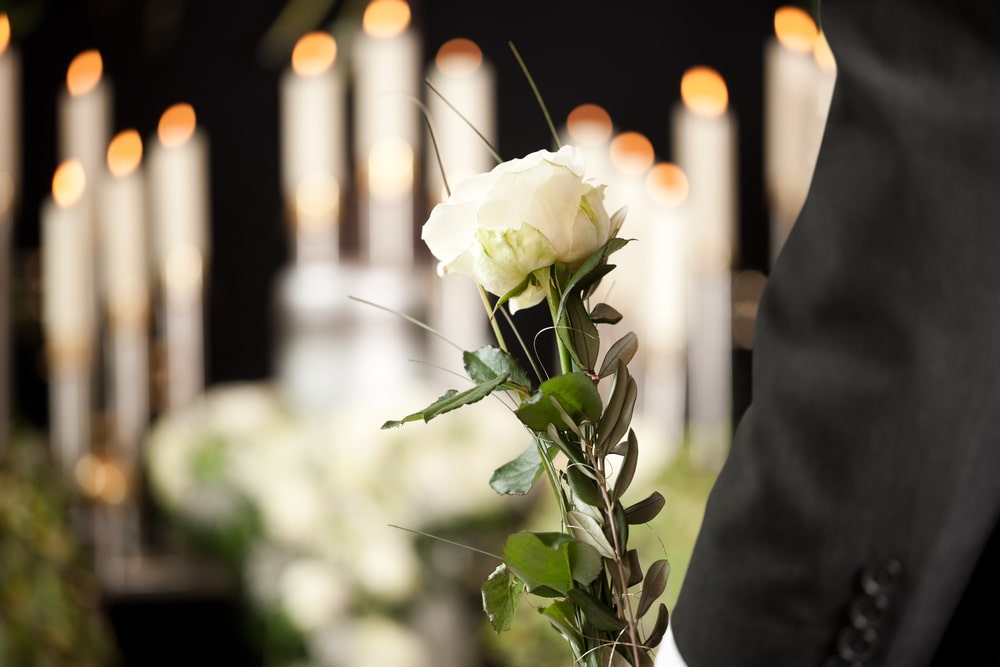













 6. DON’T Be Nosy
6. DON’T Be Nosy











 Myth #10: Grief is reserved for the passing of a loved one.
Myth #10: Grief is reserved for the passing of a loved one.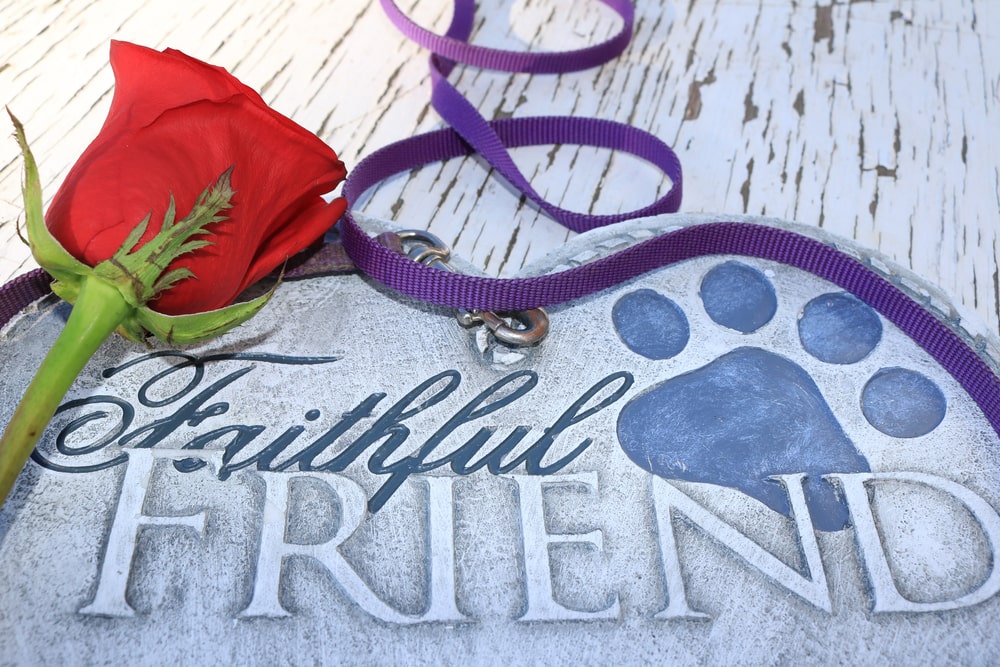



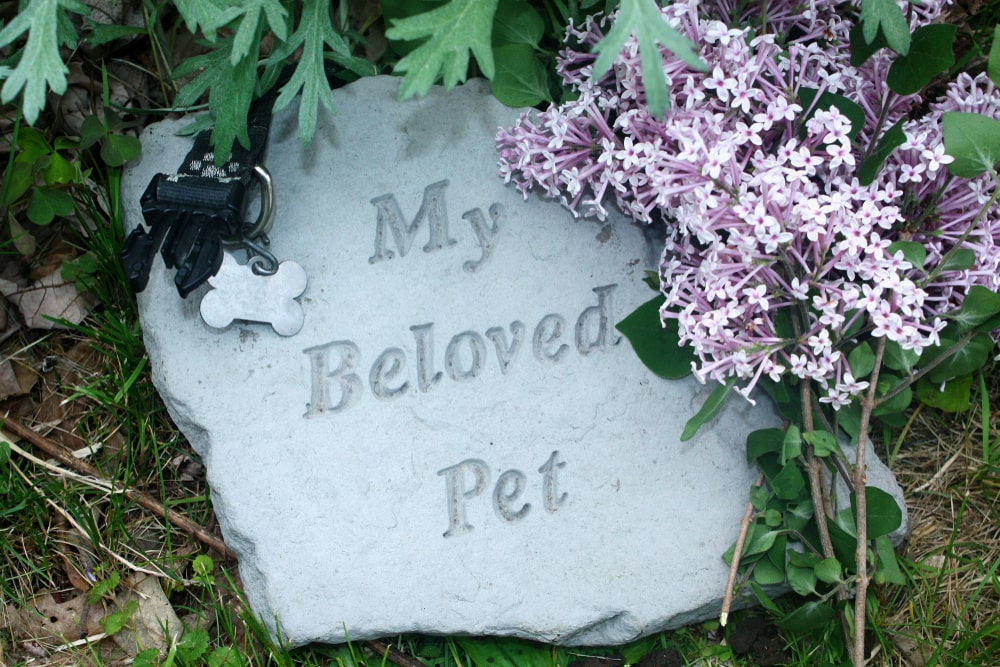
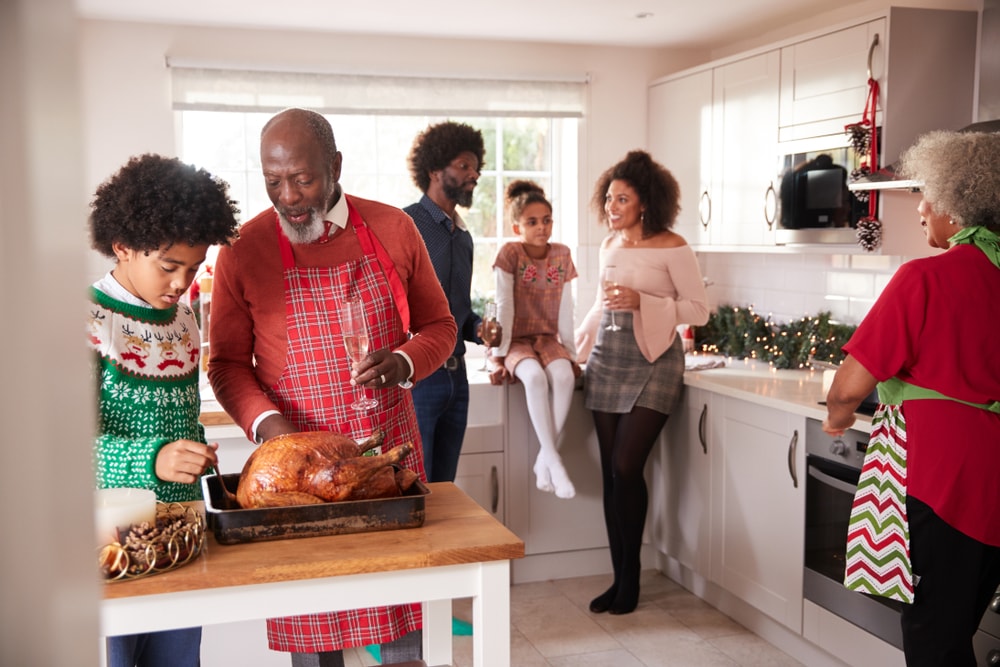
 Thirdly, when the day comes that your loved one is gone, hopefully after a long and fulfilling life, you can take the information you’ve gathered and create a meaningful funeral service. Additionally, if you video your interviews, you will have priceless footage to use in the creation of a
Thirdly, when the day comes that your loved one is gone, hopefully after a long and fulfilling life, you can take the information you’ve gathered and create a meaningful funeral service. Additionally, if you video your interviews, you will have priceless footage to use in the creation of a 





